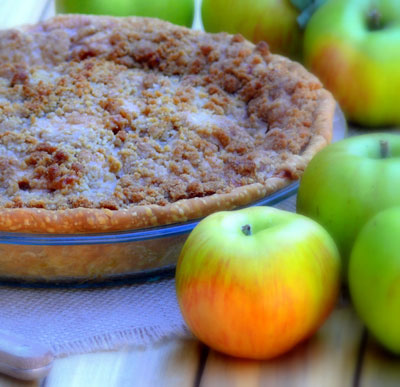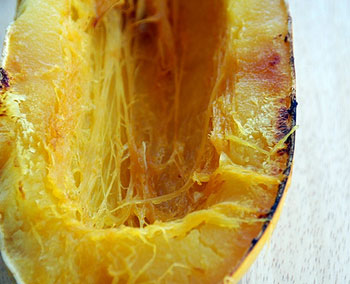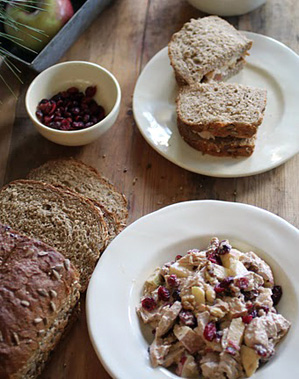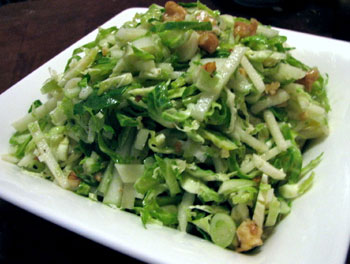 It has really felt like Fall the past week or two, which has really had me in the mood for all things apple and pumpkin. However, today, the first day of back to school, we will be pushing 90 degrees here in the Willamette Valley.
It has really felt like Fall the past week or two, which has really had me in the mood for all things apple and pumpkin. However, today, the first day of back to school, we will be pushing 90 degrees here in the Willamette Valley.
The heat will be good for the grapes as we head into harvest over the next month. The jeans and sweaters are ready to go, but will not make an appearance yet. In the Pacific Northwest, the weather changes in an instant so you have to be ready....luckily we are.
Our close friends from Northern California visited a couple of weeks ago, it had been a few years since we had seen them. They brought us these beautiful apples and pears used in this pie, harvested from their family farm in Central Oregon. Aren't they gorgeous?
I wanted a crunchy-sweet topping on this pie, I can't tell you how perfect it was. The pears and apples play together perfectly, creating the perfect textural balance.

 No, this is not a picture of a sea anemone. It's spaghetti squash. And though my mom doesn't like it, she makes it all the time for my dad since it's his favorite type of squash. Her favorite, by the way, is buttercup. I know this because the three of us have the same conversation every year as if it's a revelation:
No, this is not a picture of a sea anemone. It's spaghetti squash. And though my mom doesn't like it, she makes it all the time for my dad since it's his favorite type of squash. Her favorite, by the way, is buttercup. I know this because the three of us have the same conversation every year as if it's a revelation: Autumn begins this week, a season that is celebrated for the
bounties of late summer and of the harvest. And for many the season is
best represented by baking. Bread, pies, and tarts have become
synonymous with the season of change. Baking with fall fruit such as
apples, pears, plums, and quinces are a perfect way to celebrate. For me
the fruit that best represents fall is the pear. Even though most pear
varieties are picked unripe during the summer, the fruit can last in
cold storage all throughout autumn and winter. If picked ripe, the pear
is mushy, but when allowed to ripen on the counter or in a paper bag, a
pear can be the most flavorful fruit. Some criticize it for its grainy
texture, but I appreciate it for that uniqueness. The perfume of a
ripening pear is like no other fruit. With pears in mind, I decided to
put together one of my favorite tarts.
Autumn begins this week, a season that is celebrated for the
bounties of late summer and of the harvest. And for many the season is
best represented by baking. Bread, pies, and tarts have become
synonymous with the season of change. Baking with fall fruit such as
apples, pears, plums, and quinces are a perfect way to celebrate. For me
the fruit that best represents fall is the pear. Even though most pear
varieties are picked unripe during the summer, the fruit can last in
cold storage all throughout autumn and winter. If picked ripe, the pear
is mushy, but when allowed to ripen on the counter or in a paper bag, a
pear can be the most flavorful fruit. Some criticize it for its grainy
texture, but I appreciate it for that uniqueness. The perfume of a
ripening pear is like no other fruit. With pears in mind, I decided to
put together one of my favorite tarts. Give me a sweet and salty combo and I’m a happy Farmer. My Autumn Harvest Chicken Salad suits said liking marvelously.
Give me a sweet and salty combo and I’m a happy Farmer. My Autumn Harvest Chicken Salad suits said liking marvelously. This brussels sprout salad recipe is perfect for lovers
This brussels sprout salad recipe is perfect for lovers 
